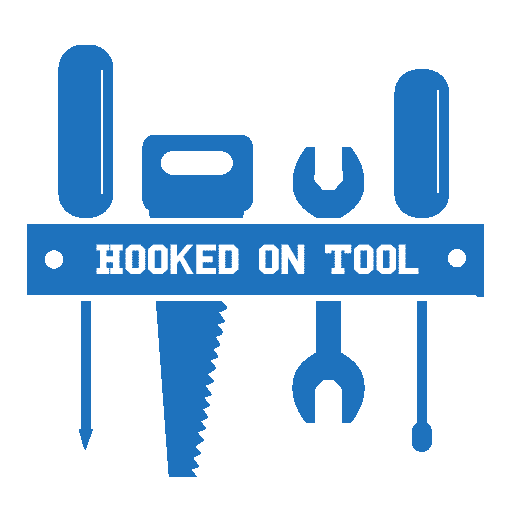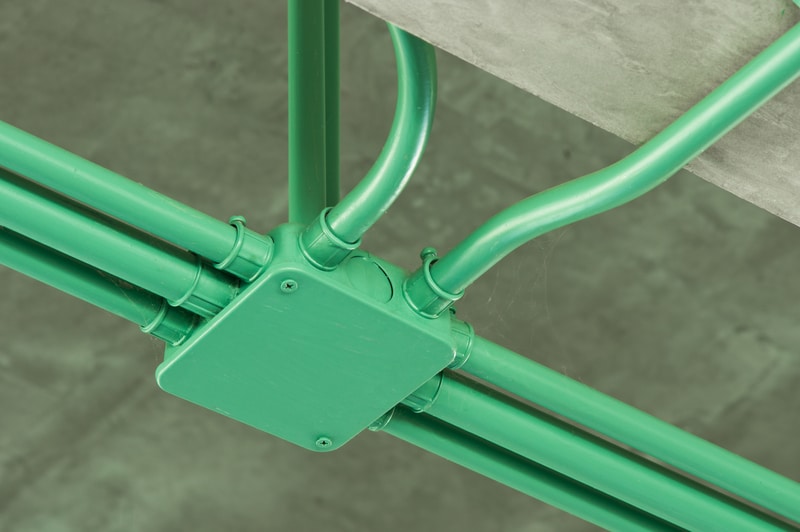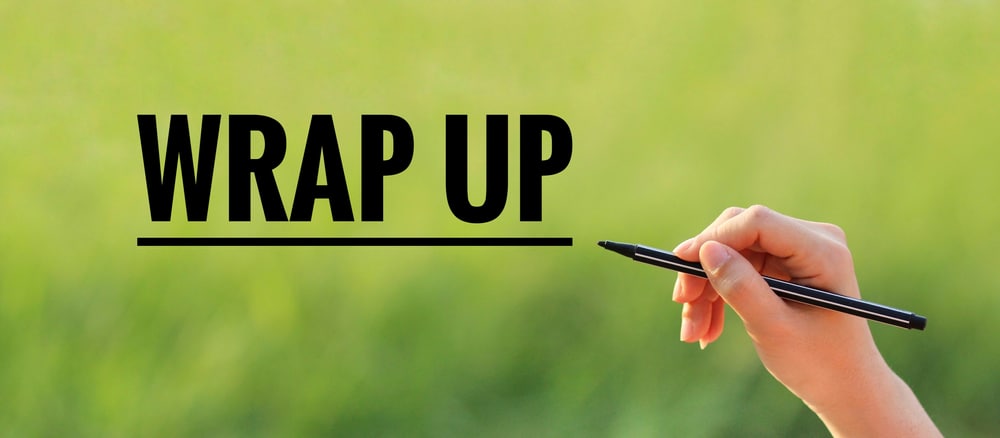
Pulling a fish tape through a conduit can be quite difficult sometimes. It can be time-consuming and troublesome if you do not know the right method.
A fish tape is a long, flat wire made up of metal that wounds inside a spool with a hook at the end.
It is one of the best options when you’re trying to get through enclosed spaces. So, if you have to occasionally work with power connections or wiring, then we suggest that you include a robust fish tape in your setup. It will help you avoid a ton of errors down the road.
The robust structure of this tape will help you lead the wiring through tough turns without having to open up the enclosed structure.
It will take you a while to get used to the fish tape, and there is a lot of skill involved. So, you will have to go about adjusting the wire accordingly.
Fish Tape Won’t Go Through the Conduit
Also, there are some tricks and tricks you should know to save yourself from the trouble of the fish tape not going through the conduit. Therefore, we are here to provide you with some amazing tips and tricks to help you solve your problem.
Under ideal circumstances, you might have to work using a conduit that may be using an old wire. In such a case, all you have to do is to connect the finishing part of the new wire with the old wire’s end.
Then, use the old wire as a pulling wire to pull the new wire from the conduit.
But, if you have to pull the wire through a long piece of conduit or through a conduit of lengths with more curvature, you may have to use fish tape.
- Strong Turns
It is possible that you may encounter conduits with 90-degree turns. Pulling the tape through a conduit that has sharp turns or bends can prove to be very problematic and stressful.
The more severe angle means it is more difficult to pull the wire through the conduit. In such cases, you will have to use more than one fish tape.
- Combine the fish tapes by attaching their hooks to one another.
- Then feed the fish tape into the conduit from both ends of the conduit.
- Feed the modified fish tapes into the conduit from both ends as required.
- Plan it so that the fish tapes meet at the problem point in the conduit.
- When the tapes meet, spin the hook end, which should make it more likely to grab one of the loops.
- When the two lines are attached, pull one end of the fish tape to pull the other all the way through the conduit.
- Fish Tape Is Small In Length
The fish tape is usually available in a range of 25 feet to 100 feet. Though, in some cases, the range of the fish tape fails to fulfill the requirement. In such cases, join two or more fish tales together according to the conduit’s length.
Then make sure you feed the fish tape entirely into the conduit all the way to the next end. Once the fish tale emerges from the other conduit’s end, attach the wire to the hook of the fish tale.
Then pull the wire through the conduit by pulling the fish tape back.
- Old Wires Inside The Conduit
Pulling the fish tape through a conduit that contains old wires or pre-existing wires is quite difficult. This is because the fish tape may get caught in the old wires.
In such cases, try using the same method of using more than one fish tale and feeding them into the conduit from both ends.
The Fish Tape Method
In order to effectively use fish tape for pulling through a long conduit, you will also need some linesman pliers as well as wire strippers. You can use the method by following these steps:
- Start by feeding the last part of the tape into the conduit’s end from where you wish to pull the wire.
- Keep on pushing the tape through the conduit while unwinding the spool as needed.
- When the hook of the fish tape comes out from the other conduit’s end, make sure you stop.
- Try stripping the insulation from the wire’s end with the help of wire strippers.
- Similarly, hold these wires and twist them using tools like pliers.
- Find the longest wire and bend it, which should help it in forming a hook-like structure.
- Attach the hook-like structure to the hook of the fish tape.
- As soon as the hooks are attached, ensure that you wrap the attached point using electrical tape, which will further make sure that they do not get loose or detach themselves during the process of pulling.
- Lastly, pull the wire towards the conduit by bringing in the fish tape while a partner is feeding the wire.
- Try Using a Vacuum
Sometimes, all that you need is a bit of extra force or pull to get rid of the obstructions. So, you can rely on a piece of foam and a vacuum to help you with the situation.
You can rely on the foam to further develop a seal, and the suction from the vacuum will be able to pull the tape in the right direction.
It will take you a bit of effort, and a good option here is to rely on compressed air. Either way, you’re trying to push out the wire, and figuring out the right fix will not be that challenging when you have the right tools.
It all comes down to creating pressure in the conduit and helping the tape get through shaper angles and obstructions. Hopefully, you will be able to get through this situation in no time and won’t have to worry about the fish tape not going through the conduit.
Just be sure to be patient and go about adjusting to the situation slowly. There is no need to rush through this process, and you will have to slowly move towards adjusting the unit and fixing the hardware side of things.
- Check Flexibility
The next thing that you need to do is to check on the flexibility of the unit. Most of the time, the issue is more with the type of fish tape that you’re using.
Some of the cheaper options are not that flexible, and you will have to switch up the brand.
This is especially true if you’re working with too many elbow joints. So, instead of getting a robust wire that doesn’t bend, you need to get a bit of lighter tape that can bend easily in either direction.
Similarly, some people also recommend that you attach a twink on one end of the tape and then use that to push out the obstructions. Hopefully, you will be sorted out in no time, and the situation will be addressed right here.
- Get Help From Officials
Lastly, you should just call it a day and reach out to the local experts. There might be something wrong with your technique, and it is not a bad idea to reach out to the experts.
You will have to explain the issue to these professionals, and they will guide you through the rest. From there, you can go about fixing the situation accordingly, and it will not be that hard of a job to address these complications.
It all comes down to how you’re planning on tackling the situation, and support from local professionals is always the best move.
Hopefully, these professionals will not only help you get the desired response, and the tape will pass easily through the conduit. So, be sure to keep the pointers listed above in your mind and get the experts to guide you further.
Wrapping Up
Struggling with the Fish tape not going through the conduit? Try some of the solutions listed above, and you will be able to figure out a suitable fix for your system. It will not take you much time when it comes to fix these minor issues.
All that you have to do is to check up on the wiring side of things, adjust the loops and avoid elbow joints. You can further rely on a vacuum or a piece of twine to force out the obstructions.
So, if you do get stuck in a tough situation, just get pointers from the experts. If you can’t seem to get through the conduit even after testing out all of these pointers, then you need to reach out to the local experts for help.
They will help you maneuver this project, and getting some tricks from the local dealer is much better than wasting hours of your own time.
Hopefully, you will be sorted out right here and won’t have to worry about more complications down the road. It all comes down to how you wish to maneuver through the situation, and following these fixes will come easily to you if you have a bit of experience.






